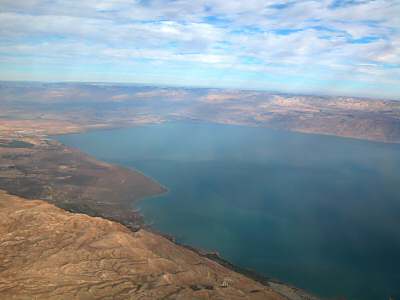Geography of Canaan and Ancient Israel
Geography
Canaan has a very diverse climate because it is situated between the Mediterranean Sea and the Arabian Desert. In general, its summers are hot and dry, while its winters are chilly and produce most of the precipitation for the area. Its highest point is 9,000 feet above sea level (Mr. Hermon), and its lowest point, the Dead Sea, is the lowest on Earth at about 1,300 feet below sea level. The dry areas of the Levant are similar to desert climates, with very little rainfall and the only source of water coming from the Sea of Galilee, Jordan River valley, and springs in the bedrock. The humid area of Canaan has a very different climate with over twelve inches of rain per year and much more vegetation, including wild wheat, barley, and olive trees. The climate of this area is similar to that of other Mediterranean nations such as Greece and Italy.
Resources
Canaan, the land of Ancient Israel, had several resources despite a rather harsh climate. Salt mines around the Dead Sea provided a valuable resource at the time. In addition to salt mines, Canaan produced olives, wheat, and barley, as well as domesticating many varieties of animals including horses, donkeys, goats, sheep, pigs, and cattle.
Pictures


Source
http://www2.sjs.org/Beniretto/neareast/Chapter5.pdf Page 62
Back to History 8 Page
Sarah Bland and Alex Ainbinder